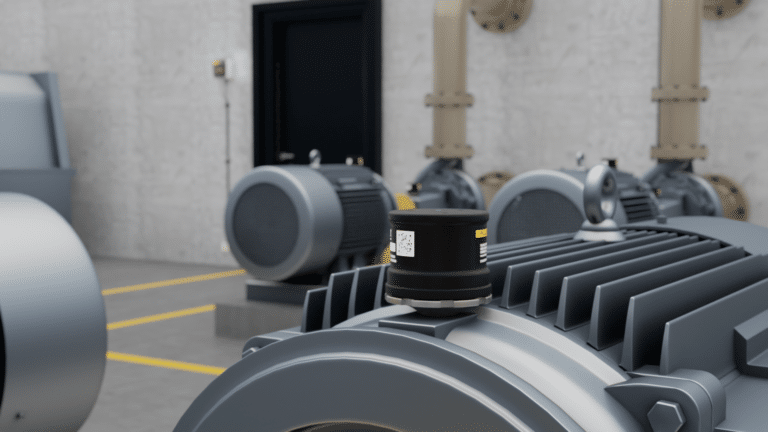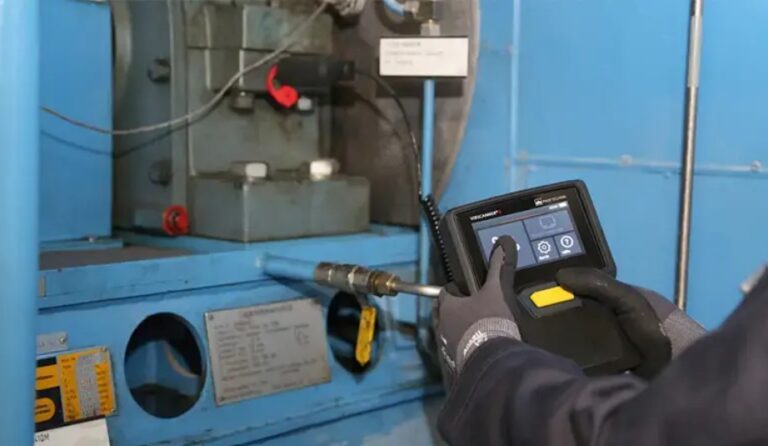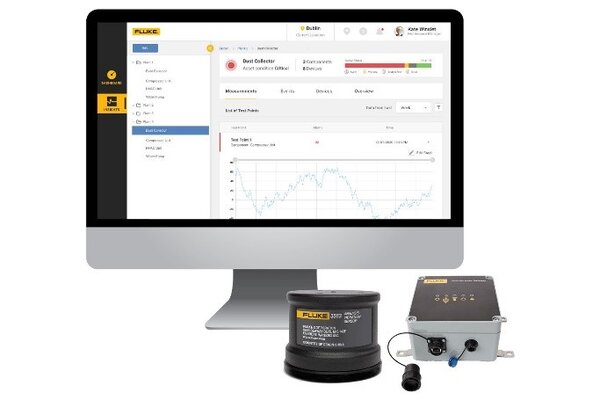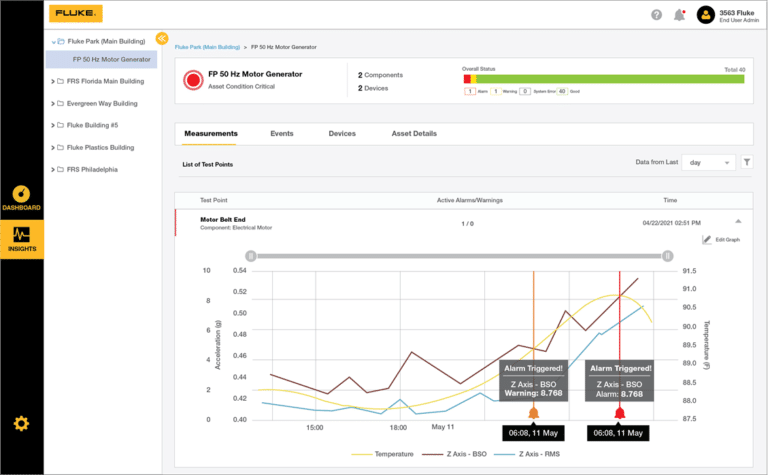Building a successful vibration monitoring program is one of the best ways to increase uptime and cut your maintenance costs. But setting up the program can be overwhelming.
Selecting and installing vibration detectors can be a daunting process. Figuring out how to use all that vibration data can also be complicated.
We’ll take a look at why vibration detectors are a good idea for every operation. We’ll also get into how to implement a vibration monitoring strategy, even when you’re operating with a limited workforce or a lean budget.
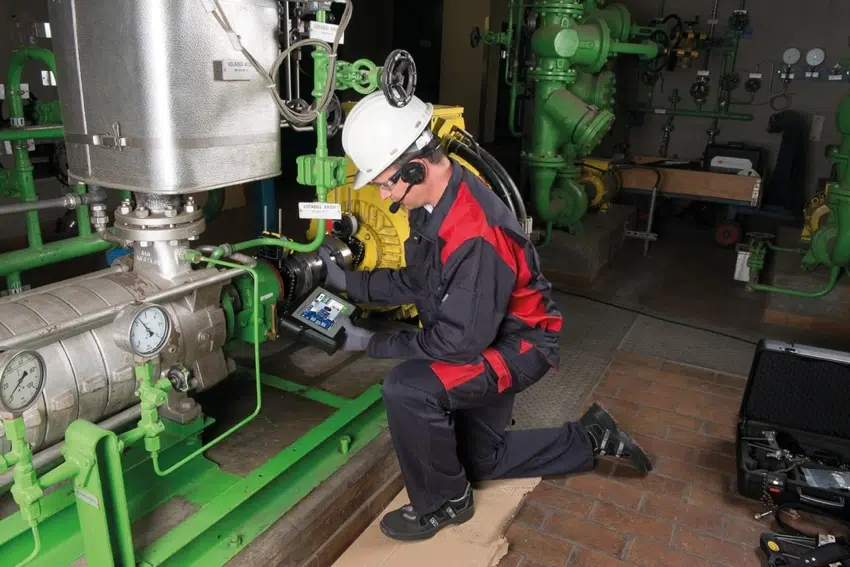
What is a Vibration Detector?
A vibration detector is a tool for measuring vibration levels in machinery, often to monitor or diagnose asset health.
Changes in vibration levels often indicate new machine faults like imbalance, misalignment, wear and looseness. Done right, vibration monitoring can help you pick up on those faults early so that your maintenance crew can nip problems in the bud.
Fixing defects early on will save you on maintenance costs, since you’re addressing the issue while it’s still small. You’ll also avoid costly breakdowns and drops in productivity.
Vibration detectors mounted on your key assets and components can track vibration levels and record changes over time. Once the levels exceed certain parameters, your technicians will know that it’s time to service that particular machine or component part.
Depending on your set-up, vibration sensors can transmit vibration data to analytic software in real-time. This means that you’ll never be caught off-guard by changes in machine health.
Selecting the Right Vibration Detector
It’s important to choose the vibration detector that fits your operational needs and makes sense for your budget.
Most vibration detectors available today are accelerometers, which measure the shocks and vibrations emitted by rotating equipment. Accelerometers measure the degree of acceleration which is acting on your equipment. Accelerometers are the most popular vibration sensors in sectors like manufacturing, automotive, and aviation.
Piezoelectric accelerometers
Piezoelectric accelerometers are highly accurate, reliable, and rugged enough to withstand even harsh industrial conditions. Many piezoelectric sensors are also affordable even for teams on lean budgets.
Wireless vibration sensors
Wireless vibration sensors are small, easy to install, and relatively low-cost. They can monitor your assets on a continuous basis and can transmit data in near real-time.
When you use CMMS software your team can access that data remotely, making it easy to monitor machine health and create work orders. You can also use data analytics software to analyze your vibration data and identify patterns.
CMMS software can also automatically create work orders when vibration data exceeds pre-determined parameters.
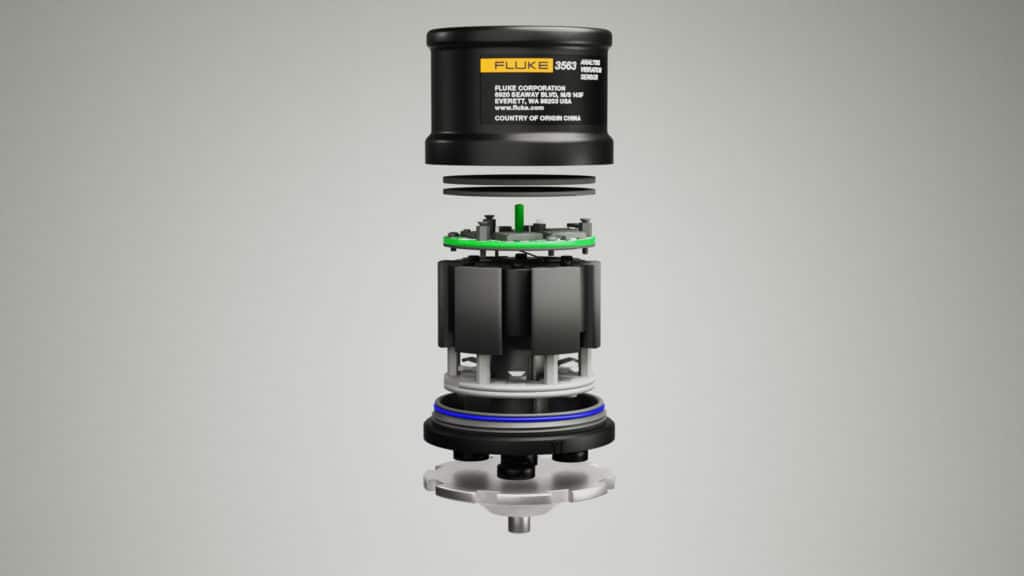
Wired vibration detectors
Wired vibration detectors collect and store vibration data on a continuous basis. They use ethernet cables to connect directly to your network, so that you always have the latest figures at your fingertips.
Wired vibration sensors can be costly to install, but they are low-cost to maintain and require very little upkeep.
Vibration meters
Vibration meters are hand-held devices that can give you a quick read of an asset’s vibration emission.
Unlike other sensors, vibration meters don’t mount directly onto equipment. Instead, a technician uses them to capture data in the field. Some meters include an algorithm to assess the overall health of the machine, based on its vibration reading.
Meters can give you quick, valuable insight into machine health. However, they can’t provide continuous monitoring, which means that they are not as useful as sensors when it comes to condition monitoring. Relying on meters might mean missing key signs that your assets are developing new defects.
Meters also can’t work remotely. This is a disadvantage in many sectors, especially when it comes to the leading applications for vibration detectors.
Putting Vibration Data to Use
Data collection is the first step toward building any condition monitoring or predictive maintenance program. But obviously, simply collecting data isn’t enough. You need a system for organizing and analyzing that data so that you can put it to work.
Working with CMMS software, like eMaint CMMS, can help turn vibration data into actionable insights. Your maintenance team can set up eMaint so that it automatically alerts you when vibration levels get too high. You can also program eMaint to issue maintenance work orders when vibration levels exceed the parameters.
If you’re working with a smaller maintenance team, you may be having additional challenges. Implementing a new maintenance strategy takes effort, institutional knowledge, and expertise.
Some offerings – like the Fluke 3563 Analysis Vibration Sensor system – are designed to provide ongoing support for teams as they implement condition monitoring and vibration analysis. The system combines a piezoelectric sensor and a sophisticated data analytics pro, with ongoing support available from Fluke’s experts.
Fluke Reliability’s team of experts is also available to help any operation set up and maintain a vibration monitoring program. Consultants and long-term advisors can provide assistance with implementation, reporting, and training. Working with the experts can help take the guesswork out of vibration monitoring so that you can put the data your detectors gather to good use – extending your asset lifespan, increasing uptime, and cutting down on your maintenance costs.

